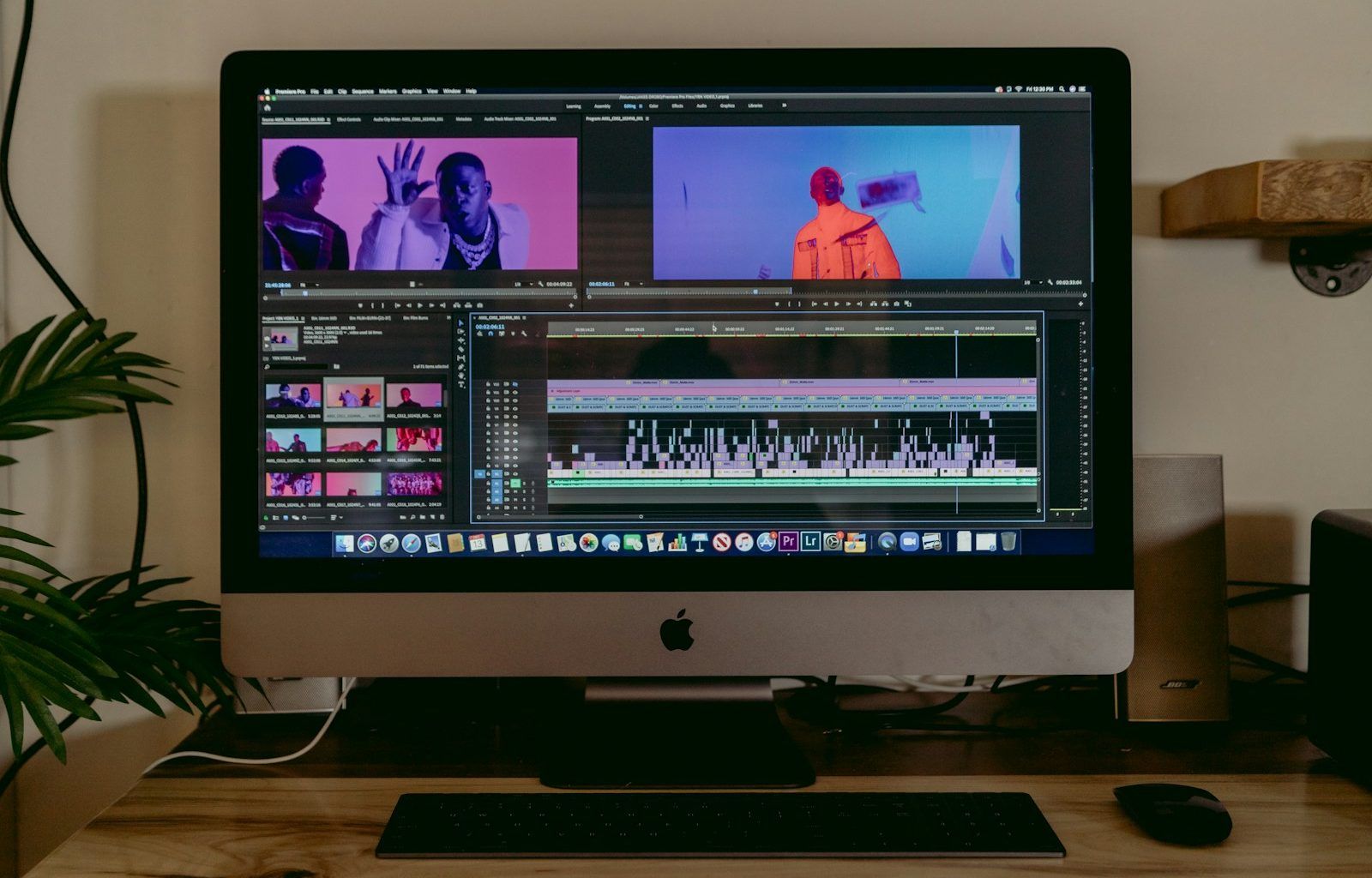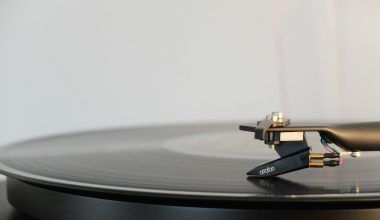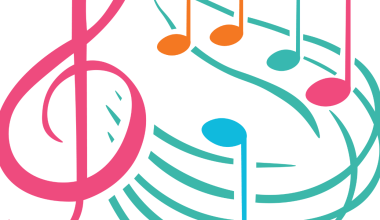Have you ever wondered how to release your music on all digital stores without a label? It’s easier than you might think! In the past, artists relied on record labels to distribute their music to a wider audience. But times have changed. Today, you can take control of your music career and share your creations with the world—all by yourself. Let’s explore how you can make it happen.
Why Go Independent?
Going independent means you have full control over your music. You get to make all the decisions about how it sounds, looks, and where it’s available. Plus, when you release your music on digital stores without a label, you keep a larger share of the earnings. With streaming platforms and digital stores dominating the music industry, this approach has never been more practical.
Some artists worry that they’ll miss out on the perks of having a label, like marketing or connections. However, there are countless tools and platforms designed specifically to help independent musicians succeed. Let’s break down the process step by step.
Step 1: Create Amazing Music
The first and most important step is to create music that you’re proud of. Before thinking about distribution, ensure your tracks are polished and professional. Work with a producer, invest in high-quality recording equipment, or even collaborate with other artists to make your music stand out.
Make sure your songs are mixed and mastered. This step ensures that your music sounds great on every platform, whether it’s Spotify, Apple Music, or YouTube. You don’t need to have a huge budget to do this. There are affordable online services that can mix and master your tracks for you.
Step 2: Choose a Digital Distribution Platform
If you want to release your music on all digital stores without a label, you’ll need a digital distributor. These platforms act as a middleman, helping you upload your music to streaming services like Spotify, Amazon Music, and Apple Music.
Some popular digital distributors include:
- DistroKid: Affordable and easy to use. You pay a yearly fee to upload unlimited songs.
- TuneCore: Offers a pay-per-release model.
- CD Baby: Takes a small percentage of your earnings but doesn’t require yearly fees.
- Amuse: Free distribution with optional premium features.
Take some time to compare these platforms and choose one that fits your needs. Most of them provide detailed analytics so you can track your music’s performance.
Step 3: Prepare Your Release
Before uploading your music, make sure you have everything ready. This includes:
- Artwork: Create an eye-catching cover for your single, EP, or album. You can use tools like Canva or hire a graphic designer.
- Metadata: Add details like song titles, artist name, release date, and genre. This information helps digital stores categorize your music correctly.
- ISRC Codes: These are unique identifiers for your tracks. Most distributors generate ISRC codes for you automatically.
Don’t forget to set a release date. Giving yourself at least four weeks for preparation can help you plan promotions and build anticipation among your fans.
Step 4: Promote Your Music
Releasing your music on digital stores without a label is only the first step. To get people to listen, you’ll need a solid promotion plan. Here are some ideas:
- Social Media: Share teasers, behind-the-scenes content, and countdowns to your release date.
- Pre-Saves: Many distributors allow you to set up pre-save links for Spotify or Apple Music. This boosts your streams on the day of release.
- Playlists: Pitch your songs to independent playlist curators. Getting featured on popular playlists can skyrocket your streams.
- Email List: If you have a fan base, send them an email with the details of your new release.
Promotion doesn’t have to be expensive. A bit of creativity and consistency can go a long way.
Step 5: Monitor and Adjust
Once your music is live, keep an eye on how it’s performing. Use the analytics tools provided by your distributor to track streams, downloads, and listener demographics. This data can help you refine your strategy for future releases.
If you’re not getting the results you want, don’t be discouraged. Experiment with different promotional tactics and focus on building a loyal fan base. Remember, success doesn’t happen overnight.
Benefits of Releasing Music Independently
Releasing your music on all digital stores without a label has countless benefits:
- Creative Freedom: You call the shots, from production to marketing.
- Higher Earnings: Keep a bigger share of your royalties.
- Global Reach: Share your music with listeners around the world.
- Direct Fan Connection: Build a closer relationship with your audience.
The music industry is evolving, and independent artists are leading the way. By taking control of your career, you can turn your passion into a sustainable business.
Final Thoughts
Releasing your music on all digital stores without a label might seem daunting at first, but with the right tools and mindset, it’s entirely achievable. Focus on creating quality music, choose a reliable distributor, and invest time in promoting your work. The journey might take some effort, but the rewards are worth it.
So, what are you waiting for? Start planning your next release today and let the world hear your music.
Related Articles:
For further reading, explore these related articles:
- Step-by-Step Guide: How to Release Your Music on All Digital Stores
- Release Your Music on All Digital Stores and Earn Money: A Complete Guide for Musicians
For additional resources on music marketing and distribution, visit DMT RECORDS PRIVATE LIMITED.






